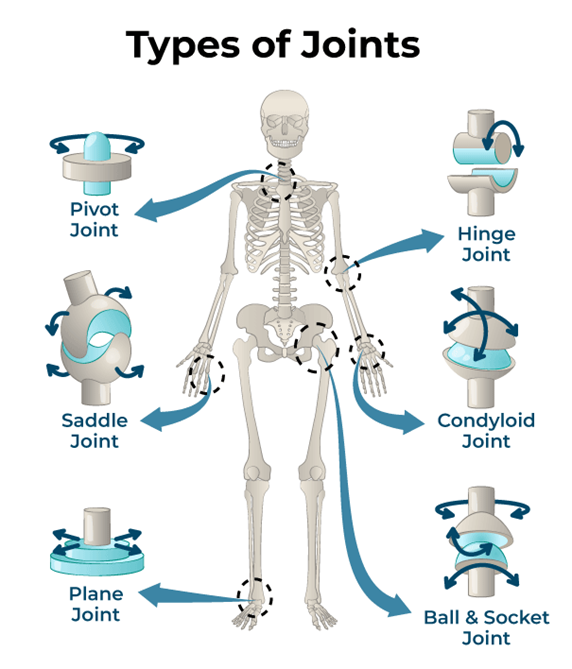The nurse observes a practical nurse (PN) performing oral care on an unconscious client. Which action by the PN indicates to the nurse the need for additional training?
Suctions secretions from the posterior pharynx.
Tests for a gag reflex before performing oral care.
Places the client in a supine position.
Uses an oral airway to keep the teeth apart.
The Correct Answer is C
A. Suctions secretions from the posterior pharynx:
Suctioning secretions from the posterior pharynx is an appropriate action to maintain airway patency and prevent aspiration in an unconscious client. This action indicates proper understanding of oral care principles.
B. Tests for a gag reflex before performing oral care:
Testing for a gag reflex before performing oral care is an important safety measure, especially in unconscious clients, to prevent aspiration or airway obstruction. This action indicates proper assessment and consideration of the client's protective reflexes.
C. Places the client in a supine position:
Placing an unconscious client in a supine position during oral care can increase the risk of aspiration, as it may impair the client's ability to manage oral secretions. The preferred position for oral care in unconscious clients is typically a side-lying position to facilitate drainage of oral secretions and reduce the risk of aspiration.
D. Uses an oral airway to keep the teeth apart:
Using an oral airway to keep the teeth apart is not a standard practice for oral care in unconscious clients and may not be necessary. Proper positioning of the client's head and jaw manipulation can often provide adequate access for oral care without the need for an oral airway.
Nursing Test Bank
Naxlex Comprehensive Predictor Exams
Related Questions
Correct Answer is D
Explanation
A. After each instruction, ask if the client understands:
While checking for understanding after each instruction is important, it may not accurately assess the client's ability to perform wound care independently. Verbal confirmation does not ensure competency in wound care techniques.
B. Have an interpreter repeat the wound care instructions:
Having an interpreter repeat the wound care instructions may help ensure accurate communication, but it does not assess the client's ability to perform the wound care independently.
C. Provide written instructions in the client's native language:
Providing written instructions in the client's native language can be helpful for reference, but it may not effectively assess the client's understanding or ability to perform the wound care.
D. Have the client demonstrate prescribed wound care:
This is the most appropriate method for evaluating the client's understanding of self-care at home. Having the client demonstrate wound care techniques allows the nurse to directly observe the client's competency in performing the necessary tasks. It provides a practical assessment of the client's ability to independently manage wound care post-discharge. If the client is unable to demonstrate the procedure correctly, the nurse can provide additional education and support as needed.
Correct Answer is C
Explanation
A. Turn the head to the right and left:
Turning the head involves rotation of the cervical spine, which primarily consists of pivot joints rather than hinge joints. This action is more relevant to the movement of pivot joints.
B. Extend the arm at the side and rotate in circles:
Extending the arm and rotating it in circles primarily involves the movement of ball-and-socket joints, such as the shoulder joint, rather than hinge joints.
C. Bend the arm by flexing the ulna to the humerus:
This action involves bending the arm at the elbow joint by flexing the ulna (forearm bone) towards the humerus (upper arm bone). The elbow joint is a hinge joint, allowing primarily flexion and extension movements.
D. Tilt the pelvis forwards and backwards:
Tilting the pelvis forwards and backwards primarily involves the movement of ball-and-socket joints in the hip area, rather than hinge joints.

Whether you are a student looking to ace your exams or a practicing nurse seeking to enhance your expertise , our nursing education contents will empower you with the confidence and competence to make a difference in the lives of patients and become a respected leader in the healthcare field.
Visit Naxlex, invest in your future and unlock endless possibilities with our unparalleled nursing education contents today
Report Wrong Answer on the Current Question
Do you disagree with the answer? If yes, what is your expected answer? Explain.
Kindly be descriptive with the issue you are facing.
